Description
Railroad Short Name: UP
Prototype Information:
After World War II, General Electric (GE) began developing a gas turbine power plant specifically designed for locomotive usage. A gas turbine compresses large amounts of air, mixes it with atomized fuel, and ignites the two in a combustion chamber. As the hot gasses are exhausted, they spin a turbine, which drives a generator to create electrical power for the traction motors.
GE’s first turbine powered locomotive was about 20 feet longer than a contemporary diesel of the time and generated three (3) times as much horsepower (4,500). The gas turbine locomotive burned Bunker “C” fuel oil, a residual of the refining process, which was both very cheap and widely available in the 1950s and 1960s. The only drawback was the need to heat the fuel to 110 degrees so that it would flow into the turbine properly.
At the same time, Union Pacific, always a champion of larger and higher horsepower locomotives, was looking for a diesel equivalent to their powerful articulated “Big Boy” steam locomotive. After a year of extensively testing GE’s gas turbine demonstrator unit #50, Union Pacific placed order number 5922-6 for ten gas turbine locomotives on March 31, 1951. Each cost $502,035. The first was delivered to the Omaha shops on January 28, 1952 and went into service three days later.
The first ten production gas turbines became known as Standard Turbines as they were car body units much like an F or E-unit. Just behind the cab inside the car body were the turbine and generator, a 250-horsepower diesel engine, and a steam generator to keep the fuel oil at 110 degrees. The locomotive carried 7,200 gallons of fuel oil, 1,000 gallons of diesel fuel, and 700 gallons of water. The diesel prime mover was used to move the locomotive around yards, power the auxiliaries, and crank the turbine up to the 900 RPM firing speed.
The gas turbine locomotives were 83 feet 6 and a half inches over the couplers, 15 feet six inches tall, and weighed 551,720 pounds. They produced a 137,930-pound starting tractive effort. Just like UP’s diesels, the gas turbines were equipped with dynamic brakes.
For the first six locomotives, numbers 51 through 56, the air intake was through banks of screened openings in the car body sides. These intakes would change throughout the life of the locomotives. Locomotives 51, 52, and 56, had stainless steel Farr grills added to protect the air intakes.
Within one year of delivery, Number 53 was changed to a roof mounted air intake which proved to be successful. The other five (5) were converted to a roof air intake in 1953.
The second group, numbers 57 through 60, were delivered with roof intakes in December 1953. Of the second four, numbers 57 and 58 came with Farr grilles over the side intakes.
UP was satisfied with the performance of the Standard Turbines. On the grade through the Wasatch Mountains eastbound out of Ogden, UT, the gas turbine’s tonnage rating exceeded that of the Challengers and matched the Big Boys.
The only problem with turbines was they burned 900 gallons of fuel per hour at full load, which meant that they had just enough fuel to get from Ogden to Green River, WY, which was less than 200 miles. In late 1955, UP added fuel tenders to all of their turbines which extended their operating range to Cheyenne, WY and well beyond.
The tenders were built from the frame, water tank, and running gear of one 18-C tender from retired 4-12-2 locomotives along with the water tank from a second 18-C tender, creating a 22,000-gallon fuel tank. The new tenders were designated 22-C-GTE and were insulated and heated with steam to maintain the 110-degree fuel oil temperature.
The Standard Turbine ran alongside Union Pacific’s fabled FEF, Challenger, and Big Boy steam locomotives as well as the Veranda and 3-Unit “Big Blow” Turbines. All 10 Standard Turbines were retired by the summer of 1964.
Features:
- New road numbers
- Era: 1955 to 1962
- Series 51 to 60, built (8/53)
- Road numbers 57, 58, 59 and 60
- Fully-assembled
- Multiple road numbers
- Clear LED lighted front mars light*
- Operating LED-illuminated red front Undesired Emergency Light (UDE) light*
- Printed and LED lighted number boards
- Operating LED directional nose headlights
- Short nose door with short grab irons
- With roof intake grilles behind the cab
- Farr side grilles removed
- Numerous factory-applied detail parts
- Pilot-mounted screw-on front and rear semi-scale Type E knuckle couplers
- Front and rear trainline hoses with silver gladhands
- Front and rear uncoupling levers
- 16 wire grab irons including tall nose grab irons
- Non-operating class lights
- Four (4) side and single rear ladder
- Windshield wipers
- Detailed cab interior with floor, control stand, seats, and rear wall
- Molded sunshades
- Dual Leslie Tyfon A200 blat horns
- Detailed roof with dynamic brake housing, diesel engine exhaust stack, turbine exhaust stack, radiator grille, ventilation boxes, steam generator vent, and more
- Photo etched metal roofwalk
- Rear roof platform
- Diamond plate tread pattern on rear platform
- Brake wheel and stand mounted on rear platform
- Seven air tanks
- Aluminum truck sideframes
- AAR type B trucks with separately-applied brake cylinders and rerail frogs
- Motor with 5-pole skew wound armature
- Dual flywheels
- Forward and rearward trucks are geared
- All-wheel electrical pick-up
- Directional LED headlights
- Printing and lettering legible under magnification
- Operates on Code 55 and 80 rail
- Durable packaging safely stores model
- Minimum Radius: 11”
- Recommended Radius: 18”
DCC & Sound equipped locomotives also feature:
- ESU-LokSound 5 DCC & sound decoder with “Full Throttle” feature
- “Sugar cube” type speaker
- Prime mover sound in “Hostler Mode”
- Turbine sound when activated
- Auxiliary sounds, horn, bell, and more
- Operates on both DC and DCC layouts

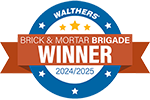
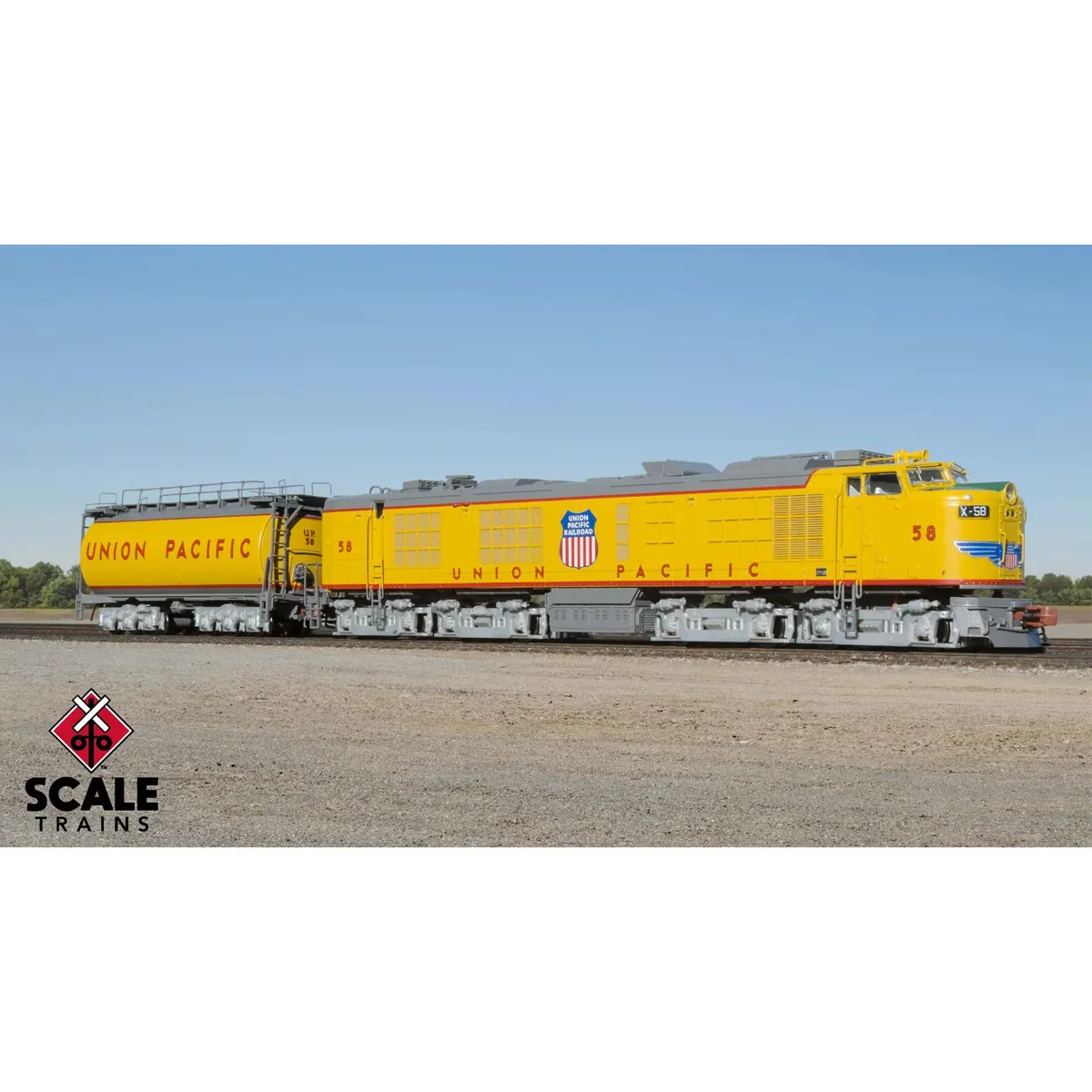
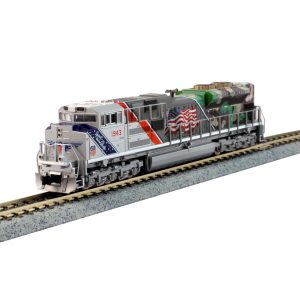
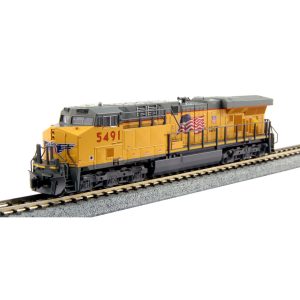
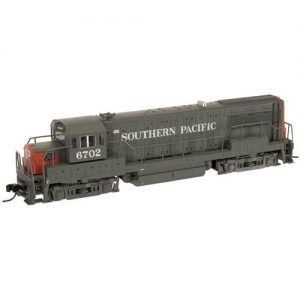

Reviews
There are no reviews yet.